#CENTRAL AFRICA
Explore tagged Tumblr posts
Text
January 17th, 1961: the US-backed assassination of Congolese revolutionary Patrice Lumumba


"Africa accuses the United States of this plot. Africa accuses the UN secretariat of having covered up this undertaking of economic recapture and of compromising the credibility of the United Nations. Patrice Lumumba was assassinated because he refused to see his country exist as a mere appendix of the imperialist economics of mining trusts. Patrice Lumumba was assassinated because he wanted to see his country freed from the destitution and servitude enforced by the imperialist monopolies. Patrice Lumumba was assassinated because he wanted to defend the unity of his country and because, when alive, and even when chained up, tortured, humiliated, he represented the will of the Congolese people to free itself.
‘If I am assassinated it will not be by an authentic African but by westerners’ — Patrice Lumumba himself denounced his murderers even before they revealed themselves by their ignorance of Africa. They forgot that by announcing the disappearance of Lumumba without daring to reveal the actual circumstances of his assassination, or the place of his inhumation, they proclaim that Lumumba has not been defeated. For the Congolese people, Patrice Lumumba will forever be the legendary hero of a victorious Congo.
Tomorrow, popular fervour will indicate the presence of Patrice Lumumba wherever the militants of freedom undertake to fight against the imperialist hordes: he will be simultaneously in Kivu, in Kasai, in Katanga, in Stanleyville, in Léopoldville — Patrice Lumumba will have been completely right. He recalled, through his supreme sacrifice, that ‘there can be no compromise with the enemies of freedom.’"
Frantz Fanon, "Africa Accuses the West," 1961
794 notes
·
View notes
Text
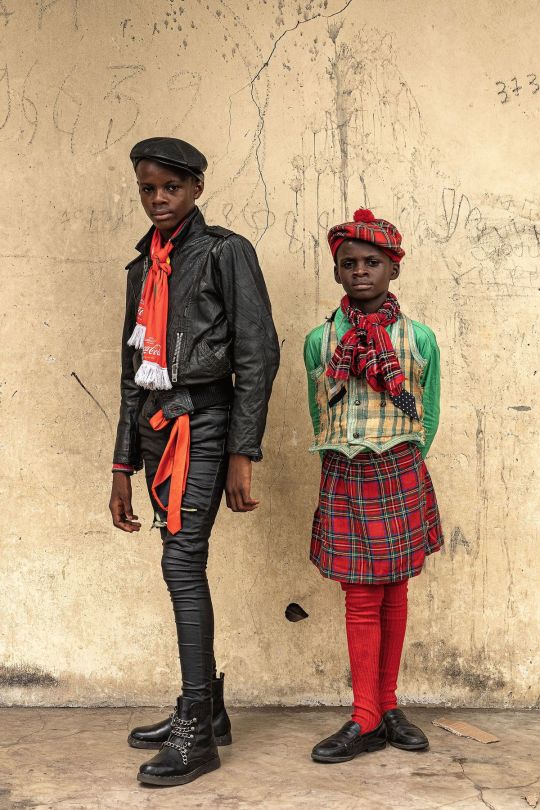
Sapeur boys, Republic of the Congo, by Tariq Zaidi
2K notes
·
View notes
Text

IG : Caroline.manya
#africanbeauty#caroline manya#african princess#african beauty#soft black girls#beautiful black women#black woman aesthetic#black girl luxury#black woman femininity#feminine aesthetic#central africa#congolese#black girl#black woman in luxury#black girl tumblr#black women in luxury#cheekbones#blasian#soft feminine black women#black girl magic#black beauty#beauty standards#black women#classy black women
937 notes
·
View notes
Text

#tootatis#jessy melissa bara#cakes#big cakes#oreo#central africa#dr congo#poland#france#OMG#BRONZE#SILVER#GOLD
3K notes
·
View notes
Text

Woman from Central Africa
French vintage postcard
#central#sepia#africa#photography#vintage#postkaart#ansichtskarte#ephemera#carte postale#postcard#woman#postal#briefkaart#photo#tarjeta#central africa#historic#french#postkarte
1K notes
·
View notes
Note
Could I request an okapi? Sooo many people don’t believe it’s a real thing when they come to my zoo
Absolutely!


#endangered species#democratic republic of the congo#central africa#african wildlife#endangered animal#endangered animals#okapi#mammalia#mammals#mammal#artiodactyla#giraffidae#animal polls#poll blog#my polls#animals#polls#tumblr polls
81 notes
·
View notes
Text
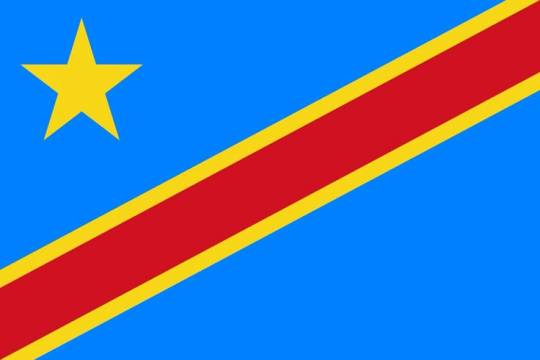

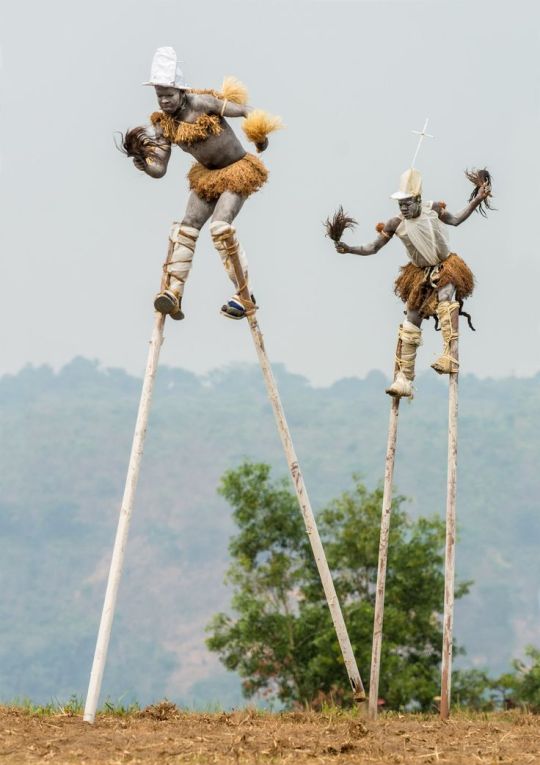

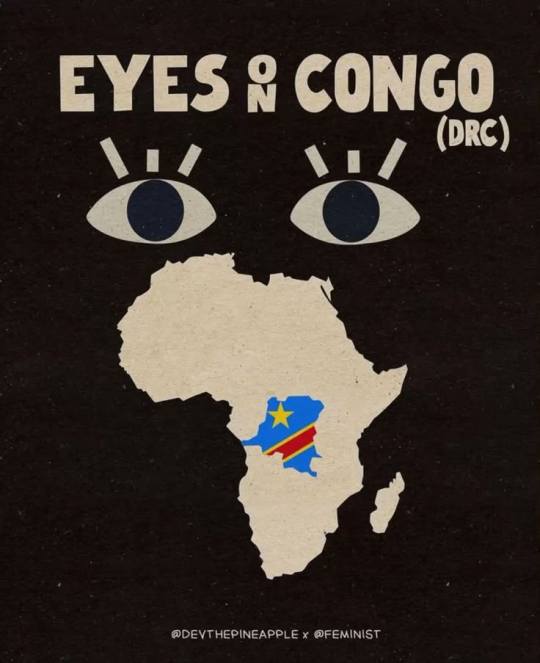
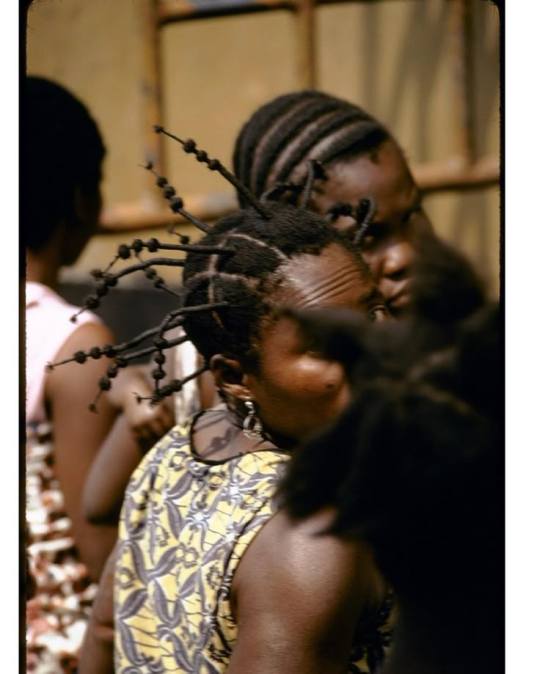
Happy Independence Day to Democratic Republic of the Congo
06/30/1960
#black is beautiful#black girl magic#black men#black beauty#melanin#dr congo#african beauty#africa#central africa
45 notes
·
View notes
Text


Welcome Makeda, my new mold, inspired by women of Mursi origin, proud and strong! She spends her days close to the nature, she meets every sunrise with a song. She walks long distances every day, attending to her herd, gathering crops, collecting supplies for various crafts that people of her village do. She knows every tree and every creek for miles around. She lives her life to the fullest. I moved preorder dates a bit further, so there is more time for you to familiarize with a new doll. New preorder dates: July 11th - 31th, 2025. Preorder at: WGRASS.ORG
#bjd#whispering grass#crafts#art#doll#ball-jointed doll#mursi#black people#black power#central africa#african art#msd bjd
31 notes
·
View notes
Text
Beneath yellow fruit, hidden within the roots of the iboga plant in the forests of Gabon, lies a sacred treasure that the country is keen to make the most of. For centuries, religious devotees have eaten it—a psychotropic shrub that users say has addiction-fighting powers. It fascinates foreign visitors, psychiatric patients and rich pharmaceutical companies that want to market it. Now this central African country, where its use is enshrined in ancestral tradition, is scrambling to avoid missing out on the boom.
Continue Reading.
53 notes
·
View notes
Text
In the rainforest of Cameroon, a chimpanzee asked French photographer JC Pieri for his hands to help it drink water and washed them afterward.
The chimp is one of many orphans who are being raised and cared for by Papaye International, a rehabilitation center for chimpanzees before being re-released into the wild.
#reddit#beamazed#cuddlywuddly0#chimpanzee#primate#cameroon#africa#central africa#french#photographer#jc pieri#hands#vessel#drink#drinking#water#pool of water#washed hands#cooperation#friends#friendship#trust#kindness#gratitude#animal#fauna#wildlife#nature#rainforest#respect
46 notes
·
View notes
Text
"The Congo’s strategic location in the middle of Africa and its fabulous natural endowment of minerals and other resources have since 1884 ensured that it would serve as a theatre for the playing out of the economic and strategic interests of outsiders: the colonial powers during the scramble for Africa; the superpowers during the Cold War; and neighbouring African states in the post-Cold War era. To prevent a direct confrontation between the United States and the Soviet Union, the Security Council deployed from 1960 to 1964 what was then the largest and most ambitious operation ever undertaken by the UN, with nearly 20,000 troops at its peak strength plus a large contingent of civilian personnel for nation-building tasks.
This latter aspect of the Opération des Nations unies au Congo (ONUC) was a function of the fragile political revolution ... The Congo won its independence from Belgium on 30 June 1960. Patrice Lumumba’s MNC-L and its coalition of radical nationalist parties had captured a majority of seats in the lower house of parliament in the pre-independence elections in May. Lumumba became prime minister and head of government, while the Abako leader Joseph Kasa-Vubu became the ceremonial head of state. The victory of a militantly nationalist leader with a strong national constituency was viewed as a major impediment to the Belgian neocolonialist strategy and a threat to the global interests of the Western alliance.
Within two weeks of the proclamation of independence, Prime Minister Lumumba was faced with both a nationwide mutiny by the army and a secessionist movement in the province of Katanga bankrolled by Western mining interests. Both revolts were instigated by the Belgians, who also intervened militarily on 10 July, a day before the Katanga secession was announced. In the hopes of obtaining the evacuation of Belgian troops and white mercenaries, and thus ending the Katanga secession, Lumumba made a successful appeal to the UN Security Council to send a UN peacekeeping force to the Congo. However, the UN secretary-general, Dag Hammarskjöld, interpreted the UN mandate in accordance with Western neocolonialist interests and the US Cold War imperative of preventing Soviet expansion in the Third World. This led to a bitter dispute between Lumumba and Hammarskjöld, which resulted in the US- and Belgian-led initiative to assassinate the first and democratically elected prime minister of the Congo.
... Brussels’ failure to prevent a radical nationalist such as Lumumba from becoming prime minister created a crisis for the imperialist countries, which were determined to have a decolonization favourable to their economic and strategic interests with the help of more conservative African leaders. With Belgium’s failure to transfer power in an orderly fashion to a well-groomed moderate leadership group that could be expected to advance Western interests in Central and Southern Africa, the crisis of decolonization in the Congo required US and UN interventions. Working hand in hand, Washington, New York and Brussels succeeded in eliminating Lumumba and his radical followers from the political scene."
Georges Nzongola-Ntalaja, The Congo from Leopold to Kabila: A People's History, 2002
426 notes
·
View notes
Text
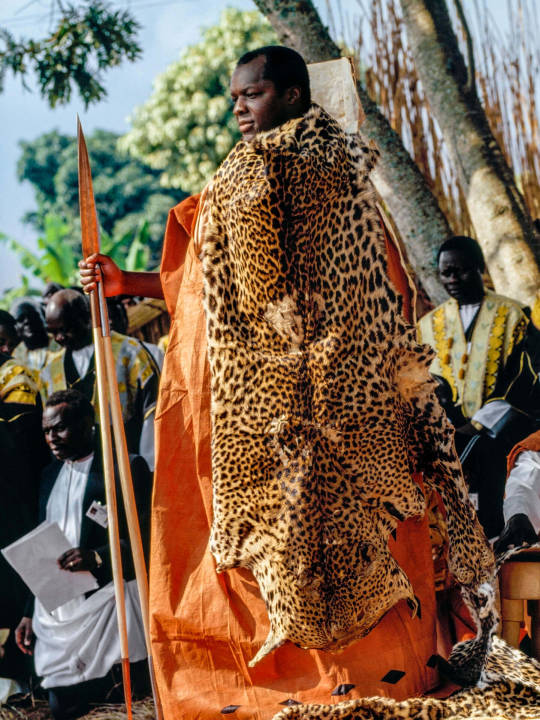
Baganda king, Ronald Mutebi II, Uganda, by Carol Beckwith & Angela Fisher
347 notes
·
View notes
Text
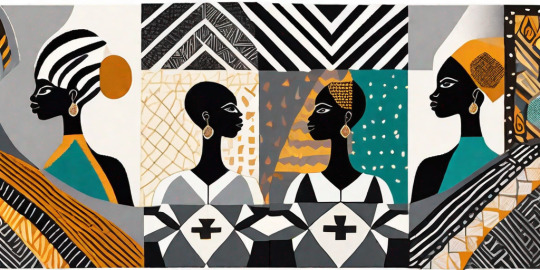
Bakongo spiritual protections influenced African American yard decorations. In Central Africa, Bantu-Kongo people decorated their yards and entrances to doorways with baskets and broken shiny items to protect from evil spirits and thieves.
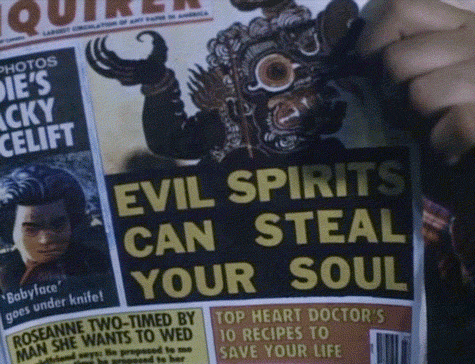
This practice is the origin of the bottle tree in Hoodoo. Throughout the American South in African American neighborhoods, there are some houses that have bottle trees and baskets placed at entrances to doorways for spiritual protection against conjure and evil spirits.
In addition, nkisi culture influenced jar container magic. An African American man in North Carolina buried a jar under the steps with water and string in it for protection. If someone conjured him the string would turn into a snake. The man interviewed called it inkabera

#inkabera#nkisi#hoodoo#african american#african traditional religions#kongo#bantu#central africa#north carolina#bottles#african#afrakan#kemetic dreams#africans#brownskin#afrakans#african culture#afrakan spirituality#glass#dishware#wood#glassware#hearts
243 notes
·
View notes
Text

#jessy melissa bara#tootatis#cakes#big cakes#oreo#enhanced#melons#france#poland#congo drc#central africa#BRONZE#SILVER#GOLD
1K notes
·
View notes
Text


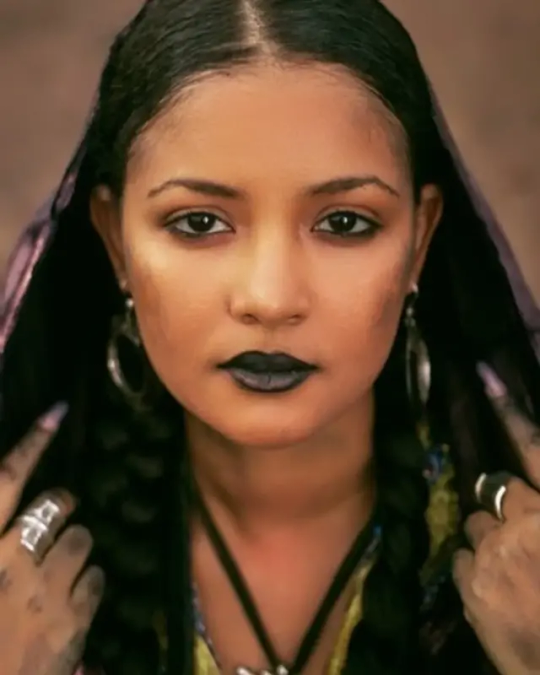
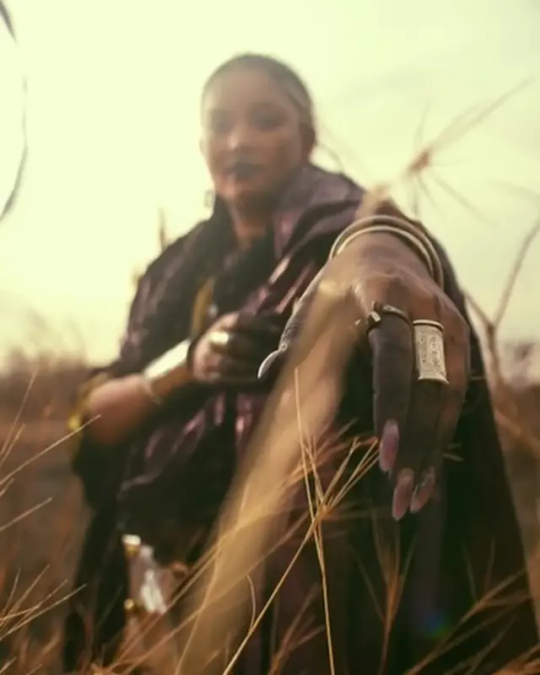

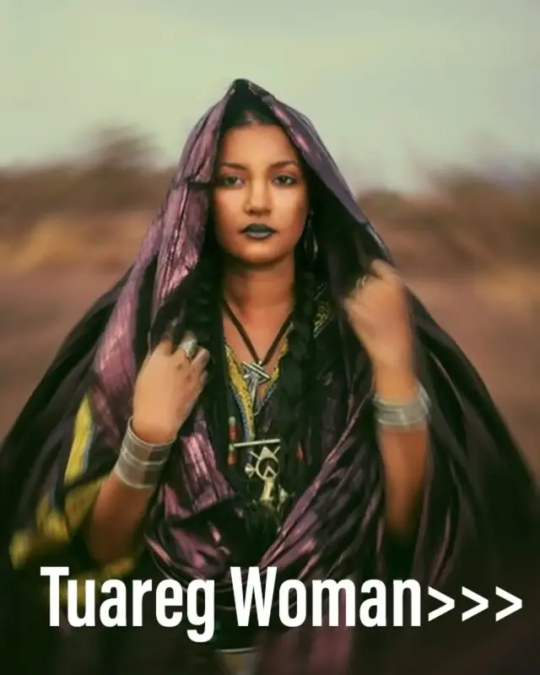
Beautiful Mali woman from the Tuareg tribe🖤
#tuareg#mali#malian#exotic beauty#beautiful#african#beautiful hair#foreign#beautiful model#east african women#east africa#exotic#african women#west africa#central africa#south africa#tribe#tribal#travel
47 notes
·
View notes
Text

133 notes
·
View notes